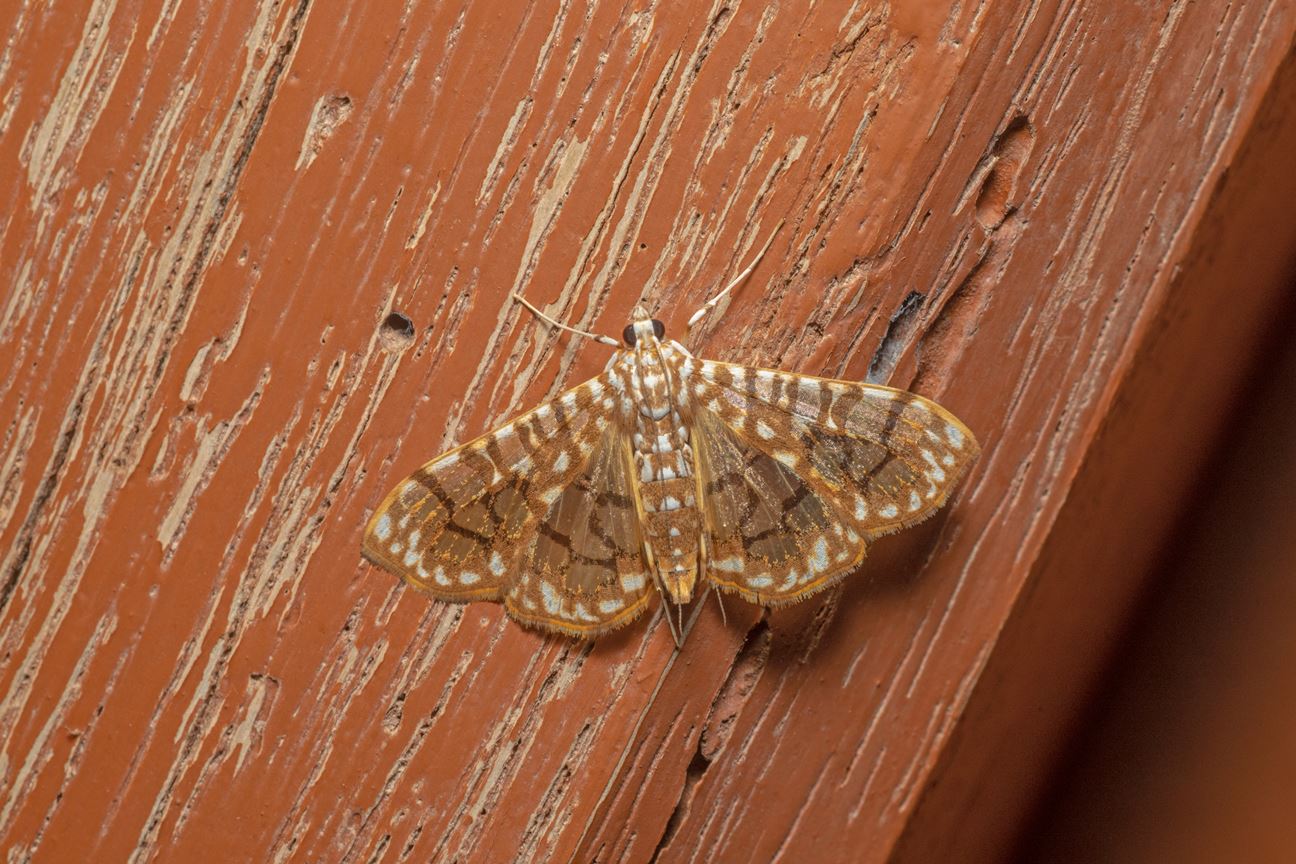Belonging to the Lepidoptera species, the butterfly and moth are often confused to be the same. Here's a comprehensive list of factors that discern them!
 Butterflies Usually Rest With Their Wings Closed (Image Courtesy - Sushil kumudini chikane)
Butterflies Usually Rest With Their Wings Closed (Image Courtesy - Sushil kumudini chikane)
We see the two all the time, almost every other day. Is it easy to tell the two apart? Most would say – yes! Butterflies are the brightly coloured ones and the moths are the rather not great looking brown ones. Or that one usually sees butterflies in the day, whereas moths are usually seen at night.
While both the assumptions are somewhat true, there definitely are exceptions to this! The Indian moon moth commonly seen in the monsoons is a vivid green. There are some butterflies that look rather drab when compared to the exceptionally bright and stunning colours of some moths! It’s the same with when they are active too! Crepuscular butterflies often take flight during dusk and dawn, and there are diurnal moths that fly in the day.
 Moths Are Observed to Rest With Their Wings Open (Image Courtesy - Sushil kumudini chikane)
Moths Are Observed to Rest With Their Wings Open (Image Courtesy - Sushil kumudini chikane)
Amongst the order Lepidoptera which contains both moths and butterflies, about 90% of the species are moths and only a small 10% are butterflies. They have stark similarities as well – all have two compound eyes, two antennae, and scaly that they shed over their lifespan. Both moths and butterflies go through 3 life stages – the larval stage which is when they are caterpillars, the pupal stage when they form cocoons and finally as adults with fully developed wings.
With so many similarities, knowing how to distinguish between the two will help you amaze your friends!
The main differences between the two:
Wings and landing:
While the colours of the wings suddenly seem to not be the best way to tell the two apart, watching them land on a flower or a surface can help you tell if what you’re looking at is a butterfly or a moth. Butterflies land with their wings closed together and folded vertically upwards over their back. A moth usually lands with its wings spread, making a tent that covers their abdomen.
Frenulum:
Moths and butterflies have two pairs of wings. However, moths have a frenulum – which is essentially a row of bristles on the hind wing. This adaptation joins the forewing to the hind wing enabling the wings to work in unison during flight. Butterflies typically do not possess a frenulum.
Antennae:
Butterflies have antennae that are club-shaped at the tips with a long shaft. Most moths, on the other hand, have antennae that are feathery and comb-like. While some moths could have antennae similar to butterflies, no butterflies have feathery antennae.
Caterpillars:
In their larval stage, both butterflies and moths are caterpillars. Moths tend to look fuzzy and frizzy when they are caterpillars, though not all of them. Butterfly caterpillars look smooth, definitely not fuzzy.
Pupa:
The pupal stage is the stage in between the larval and the adult stages. In the pupa stage, a moth creates a protective covering i.e. the cocoon that is wrapped in a silk covering. Butterflies create a chrysalis – a hard, smooth protective covering that is not silky.
Body Shape:
Butterfly bodies are usually long and slender. They have long legs and are quite skinny. Moth bodies can often be a lot shorter than butterflies, but are fatter and have much thicker hair than butterfly bodies.
There are plenty of great field guides available if you want to learn to identify these fascinating animals while out and about.